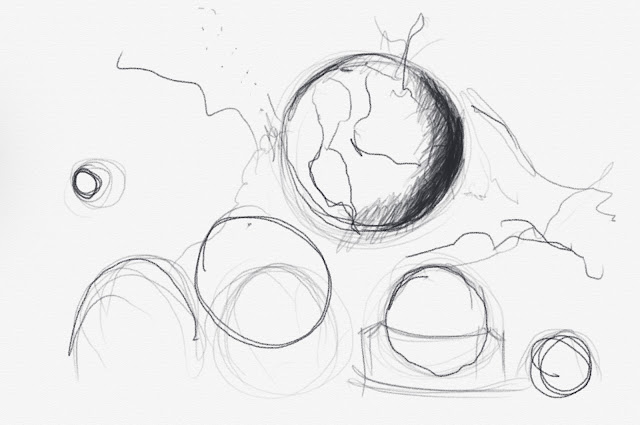Design Principles/ Final project - visual analysis
DESIGN PRINCIPLES / FINAL PROJECT
Week 5-Week 7 (2 Feb 2023 - 23 Feb 2023)
Ammar Abdelraheem_0347633
Design Principles / Bachelor of science in (Honours) Architecture
FINAL PROJECT - Visual Analysis
Task:
Research the UNSDG Goals and choose a goal thats peaks to you the msot. Research and apply the analysis you understood according to the lectures' visual literacy and analysis. Then finally create your design about that UNSDG goal after the research about inspiration and exploration.
Lectures:
Visual Literacy:
(according to the American Library Association website)
a set of skills that makes it possible for someone to locate, decipher, assess, utilize, and produce visual media. an interdisciplinary idea that is significant in higher education across the humanities, sciences, business, and more.
Visual analysis:
Visual analysis is a way to comprehend design that focuses on its visual components and guiding principles.
A description and explanation of visual structure for its own sake, to use the term strictly.
Visual analysis may be used to identify design decisions made by the designer and to get a deeper understanding of how a design's formal attributes convey ideas, information, or meaning.
is a crucial component of visual literacy, a talent that enables individuals to read and analyze pictures in a variety of settings, including museums, social media, entertainment, advertising, and the news.
We are continuously exposed to visual media as modern day citizens. Visual analysis training helps people become more adept at critical judgment and encourages them to actively seek for information rather than merely accepting it.
Phase 1: Observation
This entails paying great attention to, recognizing, and describing in your own words the visual components of a design. Never read about the design in advance.
It involves seeing, reflecting, and coming up with effective language to convey what you observe.
Phase 2: Analysis
Consider your observations, then make claims about the work supported by your observations.
How the many visual components come together to form a whole and what impact the finished product has on the viewer.
How and why does the work draw your eye?
Phase 3: interpretation
Observations, descriptions, and analyses of the work are combined with information from reliable public sources regarding the design work (and, in some cases, the designer) and historical context.
What does the design represent? What was the motivation for its creation?
Visual Analysis:
This week, our assignment was to first choose a UNSDG target, then choose an artwork that inspires us, and last finish the three steps of visual analysis using the chosen design. The next step is to develop a design that is motivated by, affected by, or in response to the one we previously examined.
The goal of UNSDG that I selected is goal 13 (climate change)
Long-term changes in temperature and weather patterns are referred to as climate change. These changes could be caused by natural processes, but since the 1800s, human actions have been the primary cause of climate change. This is mainly because burning fossil fuels, such as coal, oil, and gas, creates gases that trap heat. I chose this design because if people don't care about climate change, in 50 years there won't be anything else to care about because earth will be corrupted with irreversible damage. In my opinion this could be one of the most important goals in the long term.
Observation:
The first thing I noticed was an hour glass figure with buildings and houses on the bottom and a bear standing on ice on top where the ice is melting on a city. The city is drowning with shorter buildings fully sinked and taller buildings on the verge if getting drenched. The polar bear is standing on a small block of ice and he looks quite surprised.
Analysis:
This design has principles like Emphasis because the subject is directly in the middle and the background is empty. It also has great balance because the work looks similar from right to left and a some sort of similarity from top to bottom. An obvious one is contrast because it contrasts form the background. It's also contains some hierarchy with the building heights.
Interpretation:
I believe that the world is shown in an hour glass figure where the ice melting shows the time passing by. This design is a great climate change visual because it symbolises the world sinking into its mess very slowly but surely! The polar bear looks surprised or if I have to feel for him he is concerned into loosing his home and land because there would be no more ice to stand on. We as people are killing other species and ourselves.
Inspiration:








.jpg)


.jpg)
Comments
Post a Comment